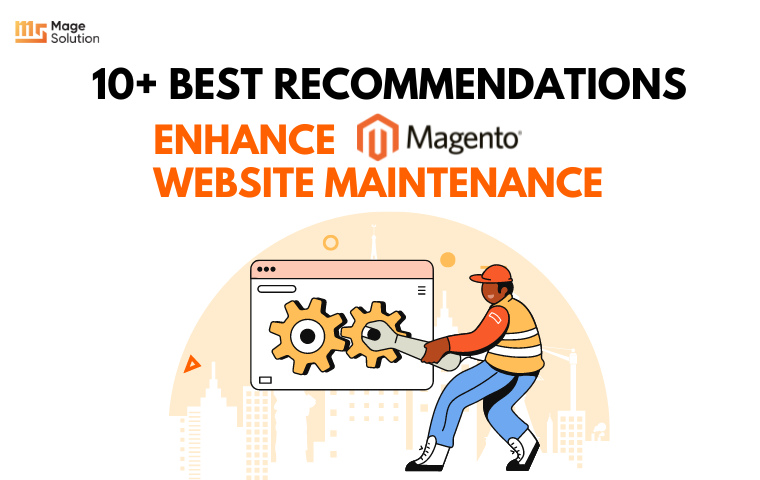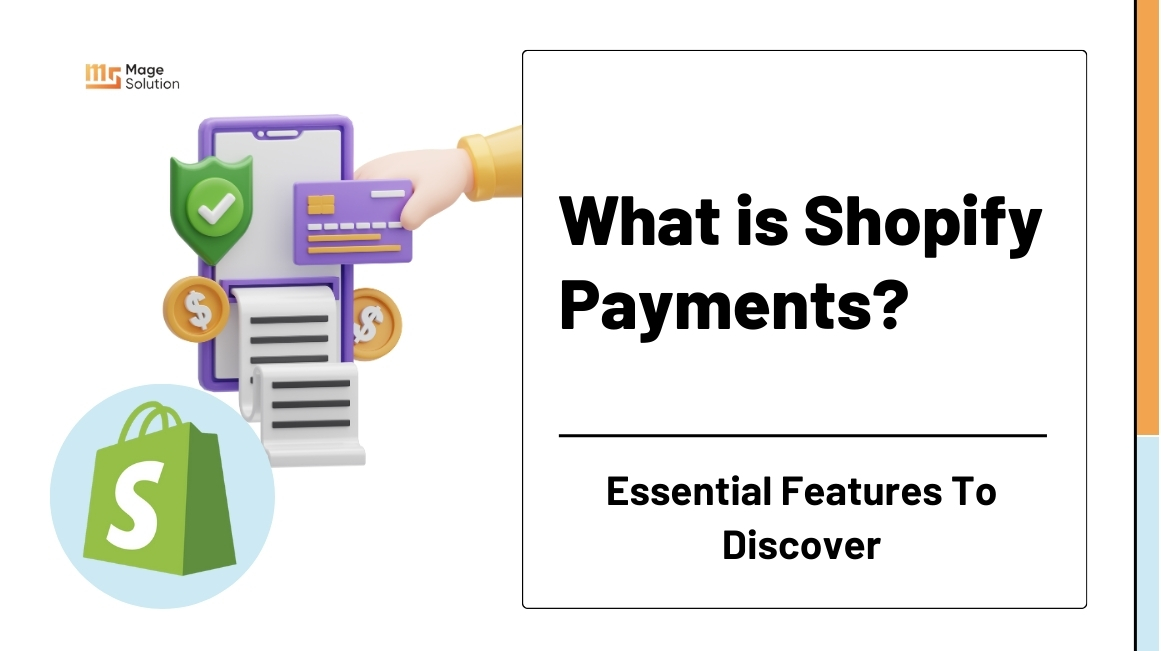
Introduction
Since its inception in 2006, Shopify has increasingly affirmed its position as one of the leading eCommerce platforms in the global market. The predicted number for 2024 will once again demonstrate the growth rate of online shopping for Shopify merchants. Up to 700+ million customers will access e-stores to purchase on Shopify (Demandsage). That said, why do we miss out on the business potential of this venture?
Shopify is considered a highly flexible platform, compatible with a wide range of third-party apps and enables secure, multi-method payments. In addition to functioning as a middleman for other third-party payment gateways, this platform also offers Shopify payments to process transactions. Let’s find out exactly what Shopify payments are and their operation in this article.
What is Shopify payments?
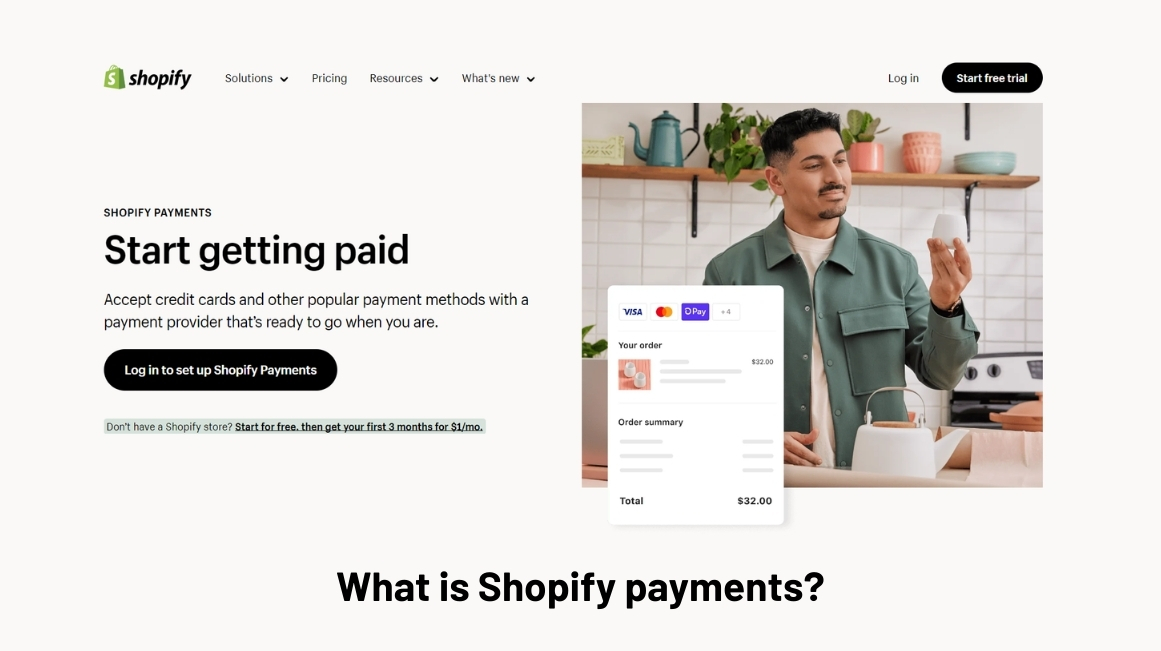
Regarded as a one-stop eCommerce platform, Shopify caters to its own payment system to handle all online transactions for users. Once you build up your eCommerce store here, Shopify payments will be the default payment gateway, allowing a variety of payment services depending on your needs. Some popular payment methods compatible with Shopify payments are credit cards, debit cards, digital wallets, Apple Pay, Amazon Pay, gift cards, Google Pay, etc.
Due to the convenience of Shopify payments, other extra steps can be skipped to reach the final payment process available in the system. Normally, when an eCommerce site links to a third-party payment gateway, customers will be redirected to a new checkout page to enter payment information fields. This sometimes disrupts the shopping process due to outside issues you cannot control, leading to an increased abandoned cart rate. Ultimately, consumers prefer a direct payment process on the platform because of fewer data security risks. Shopify has always been trusted for its solid infrastructure for checkout that complies with security regulations.
Read More:
How to set up and customize Shopify checkout for your online store?
For further details, Shopify’s payment system is powered by Stripe – one of the world’s leading providers of online payment services. In turn, we don’t need to be worried about security or reliability. To initiate payments, users must connect their Stripe account, regardless of location or currency. Additional costs will not appear here either. This cross-border payment method in just a few steps has been applied by many merchants to serve their overseas customers.
Read More:
How to create and deactivate the manual payment method for your Shopify store
Shopify payments Costs
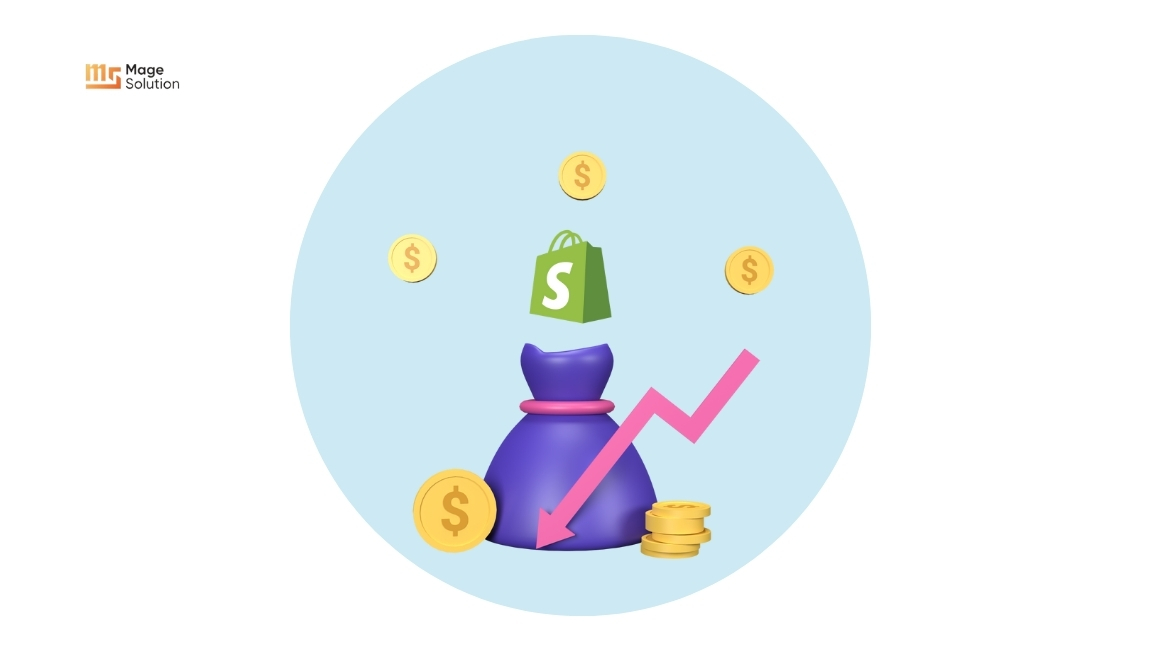
As mentioned above, Shopify payments are built-in as soon as you set up an online store, helping to reduce costs for third-party payment gateways. However, costs will still be involved depending on your method.
Initially, to start your business on Shopify, people must choose a Shopify plan. These are the packages this platform offers merchants to cater to a diverse audience:
- Shopify Lite – $9 per month.
- Basic Shopify – $24.00 per month.
- Shopify – $79 per month.
- Advanced Shopify – $299 per month.
- Shopify Plus – Starting at $2,000 per month.
Credit Card Fees
Even though Shopify does not charge store owners additional transaction fees. Nevertheless, all processors still require a “standard” cost to handle credit card transactions. Hence, this is still a cost that any platform will charge extra. Keep in mind that the more advanced the Shopify plan you use, the better the credit card processing fee will be supported. Moreover, this price will vary depending on your order value and purchase quantity.
Transaction Fee
Normally when checking out via third-party payment, these systems will charge a fee for each successful transaction, about 0.5% to 2% for compatible Shopify plans. Fortunately, when you enable Shopify payments for your online store, there are absolutely no transaction fees!
How Secure are Shopify payments?
Shopify’s payment processing is encrypted using innovative technology and protocols to ensure every transaction on the platform is seamless and secure, since we’ll serve thousands of international transactions. Facing the risks of cyber-attacks and illegal information theft, here is what this platform applies to protect store owners and consumers:
PCI-compliant
Shopify rigorously enforces the highest security and compliance standards for card payments. To be more precise, Level 1 PCI DSS compliant is the finest certification available for payment service providers to offer consumers trust when making purchases online. The complete confidentiality of cardholder data will prevent unwanted data breaches.
Two-factor authentication
This is a feature that every payment processor should have to enhance security for the checkout process. To avoid data hacking, users need to enter a password and another verification form so that the system can recognize the owner’s account and allow login.
SSL integration
Utilizing SSL technology, Shopify payments encrypt your transactions to ensure a vulnerability-free process between the server and web browser. Since this is an opportunity for hackers to penetrate the system and steal data for fraud.
Fraud protection
The system can identify suspicious transactions to promptly notify and prevent possible risks. Shopify offers 24/7 support to answer merchants’ security issues
Main Features of Shopify payments
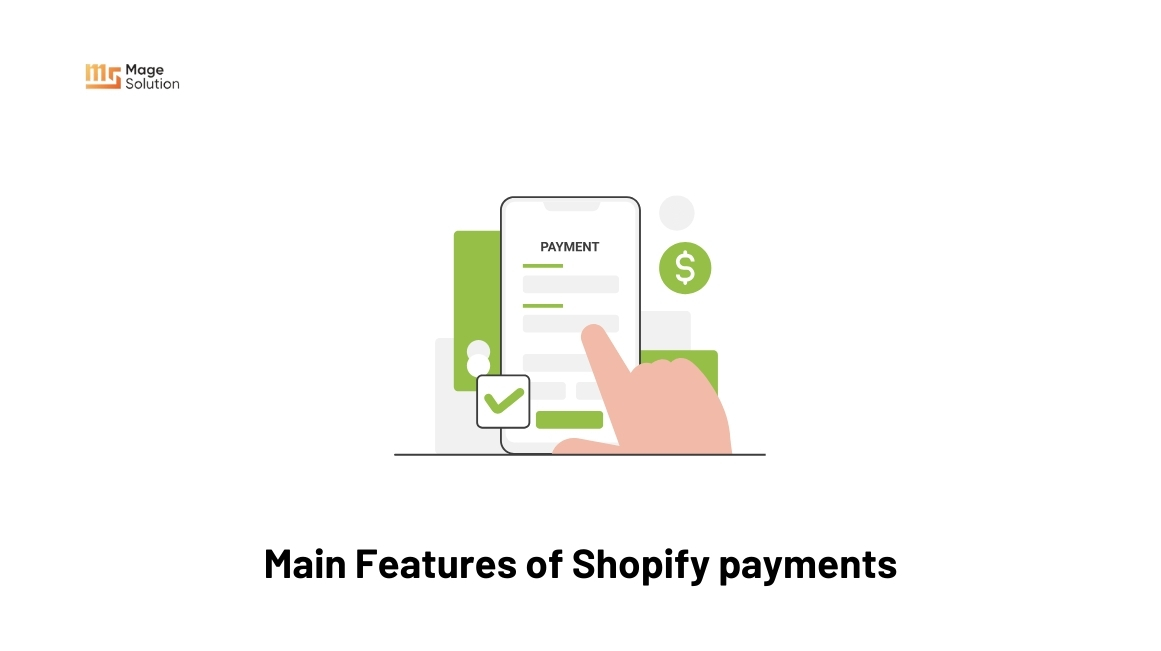
Now, let’s delve into the perks when store owners integrate Shopify payments into their e-store to choose this default gateway instead of alternatives.
Multi-currency Transaction
The list of countries where Shopify payments are available is up to 150 countries, however, there are only a limited number of places that support multi-currency transactions. With a gateway for any currency, the cross-border shopping process for foreign customers turns out to be easier than ever.
Setup Within a Few Steps
Setting up a Shopify account for the seller and activating Shopify Payments are all specifically guided by the platform and available as soon as you log in to the admin dashboard. The setup process requires no technical skills while supporting sellers accept payments at no extra costs!
Seamless Shopping Journey
Without being redirected to another browser for checkout, customers can now conveniently pay using compatible methods and minimize duplicate steps for next time shopping with Shopify payments. This feature increases customer loyalty to your online store.
Built-in Refund
The online shopping process cannot lack refund cases due to many different factors. The best thing sellers need to do is support a quick refund process for customers to improve their experience with your brand. Shopify payments already include this feature in your admin dashboard for refunds without a middleman.
POS Support
In addition to online transactions, Shopify payments are also compatible with offline payment models, specifically Shopify POS software. Thus, merchants with in-person business plans can easily make payments to customers.
All-inclusive integration
When investigating “what is Shopify payments,” the term “complete integration” will always capture your attention. The reason for this is that the whole system that processes Shopify payments was developed within your Shopify panel. Sellers have total control over store transactions, expenditures, as well as failed transactions, allowing them to deal with refunds in real time.
Downsides of Shopify payments to be aware of
It is obvious that not all payment methods are 100% beneficial, on the market, there are always alternatives that are more trusted by consumers. So, what are the limitations that Shopify payments still have? To come up with an informed decision for your online business, watch out for the insightful pieces below:
Not Available For All Countries
Some countries are incompatible with Shopify payments because of currency and payment method restrictions. For instance, India, Brazil and China, and some other places will not be able to use Shopify payments since only Visa and MasterCard are accepted here. This leads to minimizing the closing rate from areas with many potential target audiences, forcing customers to use local payments.
Mandatory compliance with products T&Cs
The platform will allow merchants to use Shopify payments only if the item is verified to comply with its own terms and conditions. Product categories and delivery policies will also be taken into account in this case. If you don’t meet the standards, your Shopify payments will be disabled.
Chargeback fees
Merchants using a Shopify selling account should expect to pay the equivalent of $15 for each chargeback. This occurs when a customer has payment issues with the bank as a result of discontent, scams, or failure, resulting in reverse payment. As a result, using Shopify payments not only lacks support but also incurs additional expenditures.
Conclusion
Last words to say, readers should have a better understanding of “what is Shopify payments” as well as other appealing traits of this one-of-a-kind payment system for Shopify online stores. It is possible to argue that, in addition to developing a full-fledged and appealing storefront eCommerce website, streamlining checkout steps further contributes significantly to the successful purchase rate. And Shopify payments will assist you in refining payment methods for clients in a quick and secure approach. To lessen the process and expenses, merchants might consider hiring full-range Shopify services from experts. We are here to help you achieve your sustainable business goals based on our 16+ years of experience assisting hundreds of businesses deploying e-stores. Contact us right away for more details about our Shopify solutions!


